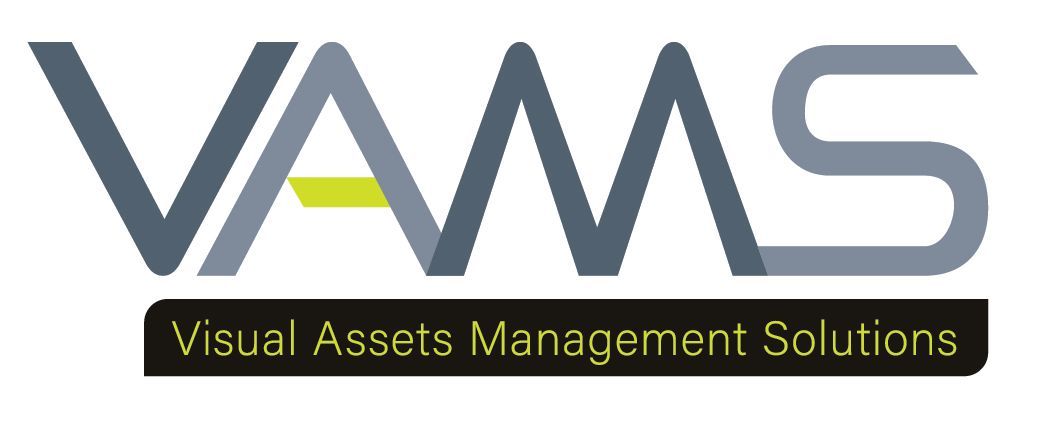Creating a Visual Brand Identity: Beyond the Logo
Creating a Visual Brand Identity: Beyond the Logo

Creating a Visual Brand Identity: Beyond the Logo
When most people think about a brand, the first thing that often comes to mind is its logo.
While the logo is undeniably a crucial element, visual brand identity encompasses much
more, playing a pivotal role in how a brand is perceived and experienced.
In this exploration of visual brand identity, we'll delve into the various elements that
contribute to creating a cohesive and memorable brand image that resonates well beyond
a mere symbol.
Visual brand identity serves as the visual voice of a company, integrating colors,
typography, imagery, and design elements to communicate the essence of the brand at
every touchpoint. It's this comprehensive visual communication that helps build
recognition, establishes a connection with the audience, and fosters lasting brand loyalty.
As we unpack the layers that make up a complete visual brand identity, we'll see how each
component works in concert to tell a brand’s story in an engaging and cohesive manner.
Understanding Visual Brand Identity
Visual brand identity is a collection of all the visual elements that a company uses to
present itself to the market. This identity does more than just distinguish a brand from its
competitors; it evokes feelings, drives perception, and influences decisions. It's a visual
language that communicates a brand’s values, tone, and mission through more than just
aesthetic choices—it embodies the brand’s personality.
At its core, visual brand identity includes several key components, each chosen with
intention and strategy. These elements must not only align with each other but also with
the overall brand strategy, ensuring they convey the desired message to the target
audience. In this way, visual brand identity acts as a bridge between the brand and its
consumers, creating a silent dialogue that informs and persuades.
Elements of Visual Brand Identity
1. Color Palette: Every color has a psychology, each evoking different emotions and
reactions. Selecting the right color palette is crucial as it sets the tone for the brand.
It's important that these colors are used consistently across all media to maintain
brand recognition.
2. Typography: The choice of typefaces represents the voice of the brand. Whether it’s
a traditional serif font that speaks to elegance and reliability or a sleek sans-serif
that communicates modernity and innovation, typography must be consistent
across all written touch points to reinforce the brand's character.
3. Imagery and Icons: The images a brand uses, including photographs, illustrations,
and icons, must reflect the brand's ethos and appeal to its target audience. These
visuals help tell the brand’s story in a direct and impactful way, making abstract
qualities tangible.
4. Layout and Composition: The arrangement of visual elements in advertisements,
brochures, and digital content aMects how information is processed by the
audience. Good layout guides the viewer through the content in a deliberate way
that enhances understanding and retention.
5. Style Guides: A comprehensive style guide is vital to maintain consistency. It
ensures that no matter where the brand is represented, it retains its core identity.
This guide outlines how visual elements should be used, including logo placement,
color schemes, typography, and more, which is essential for scalability and brand
integrity.
Psychology of Visuals in Branding
The psychological impact of visual elements in branding cannot be overstated. Colors,
shapes, typography, and imagery all play significant roles in how a brand is perceived by its
audience. For instance, color not only attracts attention but can also significantly influence
mood and feeling.
Blue can evoke feelings of trust and security, often used by financial institutions, while red
might incite excitement and urgency, commonly seen in clearance sales. Understanding
these psychological triggers allows brands to align their visual identity with the emotional
experiences they aim to evoke.
Typography also affects cognitive processing, where complex fonts can cause disinterest
or confusion, and clear, readable fonts can improve message retention.
Similarly, the use of specific imagery and icons can trigger associations and memories,
deepening the brand's connection to its audience's daily lives. This section explores these
intricate psychological mechanisms and showcases how successful brands have
leveraged visual psychology to enhance their market position.
Integrating Brand Identity Across Different Platforms
Maintaining a coherent visual identity across various platforms is crucial for brand
consistency, yet each platform may require adaptations. Digital platforms, for instance,
allow for more dynamic interactions through animations and clickable elements, unlike
static print media.
The challenge lies in adapting the visual elements so they fit the format of social media,
websites, email campaigns, and traditional advertising like billboards and flyers without
losing the essence of the brand.
This integration extends to the layout and structural design of content across these
mediums. For example, a website might showcase a more comprehensive use of the
brand’s visual elements compared to social media, where messaging needs to be quicker
and more direct due to shorter attention spans.
This section will provide practical tips on how to effectively scale and adapt visual
identities to different media, ensuring that the brand remains recognizable and engaging,
no matter where it appears.
Rebranding: When and How to Update Your Visual Identity
Rebranding is a strategic move that involves updating or completely changing a brand's
visual identity to better align with its evolved business strategies, market position, or
customer expectations. It is often necessitated by significant shifts within the company,
the industry, or the target market.
Common triggers for a rebrand include mergers, market expansion, changes in company
direction, or outdated visuals that no longer resonate with a newer generation of
consumers.
The process of rebranding should start with a thorough analysis of the existing brand
identity, customer perceptions, and market trends. This is followed by the strategic
redesign of visual elements while ensuring they retain some connection to the original
identity, to maintain brand recognition.
This section will outline key considerations and steps involved in a successful rebranding
process, ensuring the new visual identity reflects the current realities and future
aspirations of the brand.
Measuring the Impact of Your Visual Brand Identity
Once a visual brand identity is established or updated, it is crucial to measure its
eMectiveness to ensure it is performing as intended. This involves tracking specific metrics
such as brand recognition, customer engagement, and conversion rates across different
platforms where the brand is present.
Tools like brand audits, customer surveys, and digital analytics can provide valuable
insights into how well a brand’s visual identity is connecting with its audience.
Additionally, it's important to gather qualitative feedback on the emotional and
psychological impact of the visual identity. This can be achieved through focus groups or
social media monitoring, where direct consumer reactions and interactions can be
observed and analyzed.
This section will discuss how to set up effective measurement tools and interpret the data
to make informed decisions about potential adjustments or further enhancements to the
visual brand identity.
Building a Comprehensive Visual Brand Identity: More Than Just a Logo
Visual brand identity transcends the simplicity of a logo, embodying the essence and
aspirations of a brand through a symphony of visual elements. By understanding and
utilizing colors, typography, imagery, and more, brands can create a compelling narrative
that resonates with their audience on a deeper level.
This holistic approach ensures consistency across all platforms, enhancing brand
recognition and fostering loyalty. As we've explored, maintaining a dynamic and coherent
visual identity is not just about aesthetics but about crafting a strategic, psychological
connection with consumers.
Brands that effectively communicate their values and story through their visual identity are
more likely to thrive in the competitive business landscape.

